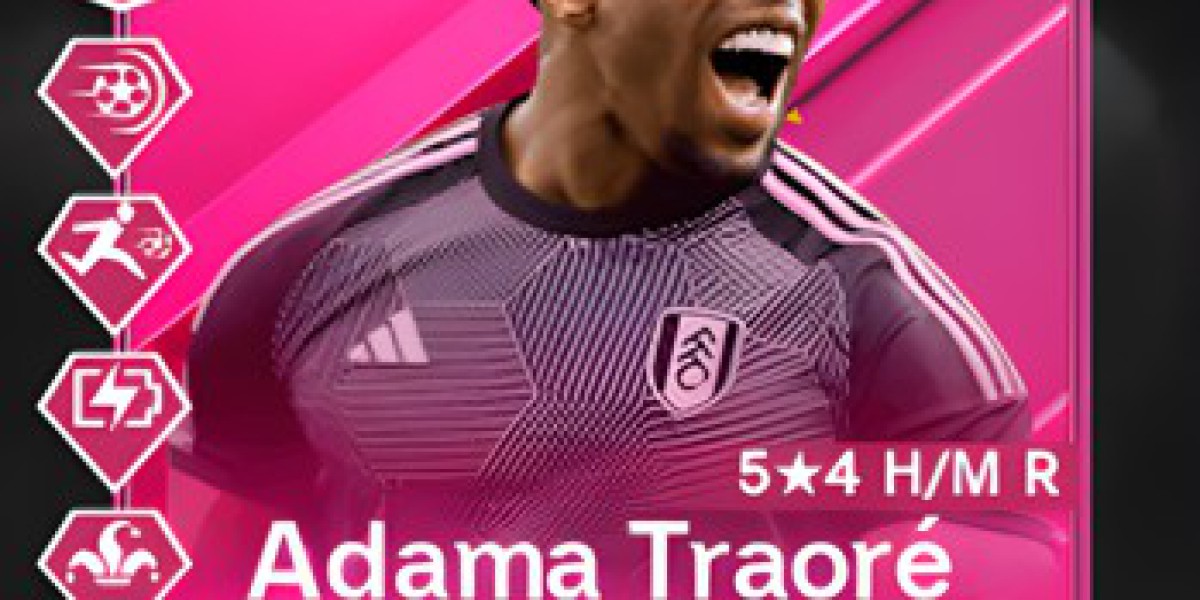The skill of giving inanimate objects life for movies, video games, and advertisements is known as animation. With the emergence of new methods, procedures, and genres, there are more and more professional opportunities in animation every year.
Here, we are going to look at six types of animation:
There are different types of animation. Each has established a reputation for themselves in a special way. You may utilize some of them for advertising. While some are more entertaining, others are excellent at communicating information. We will learn about six different kinds of animation here.
Traditional Animation
The majority of animated movies from the 20th century were created using traditional animation, also known as cel animation or hand-drawn animation. Traditionally animated films consist of individual frames that are photos of cels produced with drawings on celluloid.
The drawings are made on paper sheets, which are subsequently traced or duplicated onto sheets of clear acetate known as cels. On the cels, the drawing outlines are painted or inked. After that, the cells are positioned over painted backgrounds and captured frame by frame in a series of photos.
When computer animation production started in the early 21st century, the old cel animation method was rendered obsolete. The final animated picture in Disney's history to employ the conventional animation method was Chicken Little (2005).
2D Animation
The technique of mixing a series of images in a two-dimensional environment to create movement is known as 2D animation. Although 24 images, or frames, make up one second of animation, most 2D animation only animates every other frame (12 frames total). Without animating every one of the twenty-four frames, it's sufficient to give the impression of movement.
Digital rigging is another tool the animator can use to build characters. By doing this, they are able to construct a "skeleton" of the character and instruct the computer on which body parts should animate. Because they don't have to redo the character in every frame, animators may save a ton of time.
3D Animation
The skill of bringing virtual 3D spaces to life with digital actors, vehicles, props, and entire scenarios is known as 3D animation. In order to generate 3D models and intricate character rigs, it needs assistance from other departments and is more mechanical and technical than 2D animations.
You may manipulate a digital scene by dropping your 3D rigged model into it using 3D animation. Setting keyframes for important movements and letting animation programs like Maya fill in the gaps might help you streamline the process.
Motion Graphics
Text logos and simple images can be animated using motion graphics animation. They are frequently seen in animated logos, explainer videos for opening and closing credits in movies and television shows, and the visuals that appear over sports plays on television. Both 2D and 3D visuals can be created for these.
Motion graphics are made by creating frames and then simulating smooth motion between them using tweens, an animation software method that creates pictures between keyframes for a smooth transition. This process is similar to that of 2D and 3D animations.
Motion Capture
3D animations become more realistic with the aid of motion capture. It appears in video games like Grand Theft Auto and LA Noire as well as motion pictures like Avatar and The Lord of the Rings. Performers enact a scene while donning bodysuits equipped with unique sensors. The motions from the sensors are converted into a digital representation by the motion capture animation software. Additionally, software exists that can record an actor's facial expressions in order to more properly portray their nuances and feelings.
An animator is essential to the motion capture process because they will ingest the recorded data into software such as Motion Builder, Blender, Maya, or 3dx Max. Their tasks include cleaning, refining, and retargeting the character rig to ensure that it matches the character for which the motion capture is being used.
Stop Motion Animation
Stop motion makes Physical objects appear to move on their own when they are animated. By varying the object's position slightly between each individually captured frame, the series of frames appears to move when replayed at a regular pace.
With this method, items that are stationary appear to move independently. One frame at a time, physical objects are captured on camera. Many mediums are employed, including clay, Play-Doh, Lego, paper puppets, miniature figurines, and ordinary things. Clay animation, cutout animation, model animation, go-motion, object animation, and pixelation are examples of common approaches.
What is the Easiest Type of Animation?
Stop motion animation is the most straightforward type of animation for a novice animator to begin with. Stop motion lets you make mistakes, go at your own speed, and the necessary gear is reasonably priced. Superior artistic or technical abilities are secondary to strong creativity, imagination, and patience.
What is the Hardest Type of Animation?
3D animation is the most sophisticated kind of animation since it can realize animation concepts in a variety of ways. It has a steep learning curve and calls for sophisticated software tools and expertise in computer graphics, including modeling, rigging, surfaces, animation, rendering, and visual effects. Recognizing movement, weight, perspective, and anatomy in three dimensions. With the help of good animation institute you can learn in detail.


